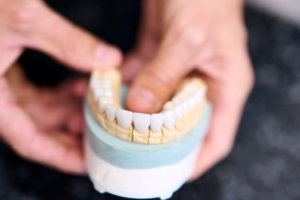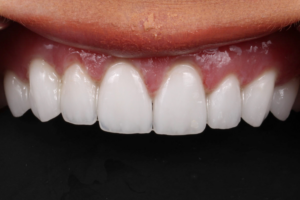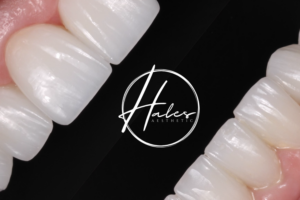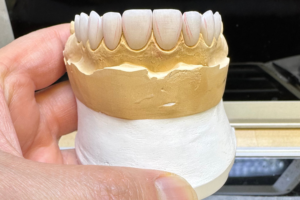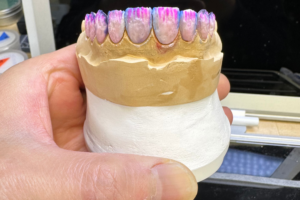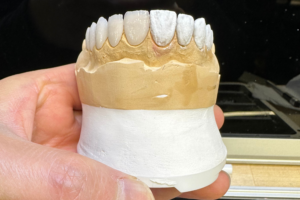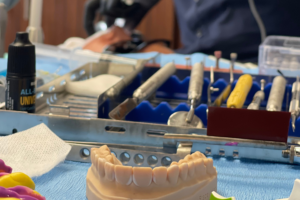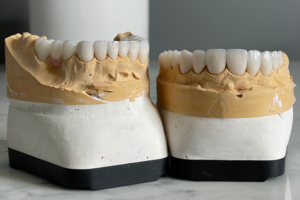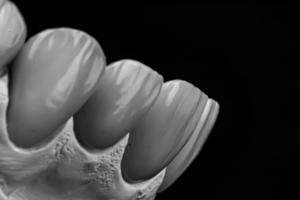 Bimatoprost for Glaucoma: Efficacy and Evidence
Bimatoprost for Glaucoma: Efficacy and Evidence
Mechanism of Bimatoprost: How It Lowers Eye Pressure 👁️
Teh patient puts in drops each night and senses hope: bimatoprost is a prostamide analog that lowers intraocular pressure by increasing aqueous outflow. It evokes both uveoscleral and trabecular pathways, improving drainage efficiency and comfort.
At the molecular level bimatoprost binds prostaglandin and prostamide-sensitive receptors, triggering signaling cascades that upregulate matrix metalloproteinases. These enzymes remodel extracellular matrix in the ciliary muscle, lowering resistance to aqueous outflow and reducing pressure rapidly.
Clinically patients may see measurable pressure drops within hours and consistent reductions over days to weeks. Typical IOP decreases range around 25–33%. Occassionally responders achieve greater declines, particularly when trabecular outflow is effectively enhanced thereafter.
The remodeling effect can produce sustained pressure control beyond transient receptor activation, yet benefits reverse after discontinuation. Understanding these dual pharmacodynamic actions helps clinicians anticipate efficacy, select patients, and explain why dosing compliance remains crucial.
Clinical Trials Evidence: Efficacy Across Patient Populations 🧪

Large randomized trials showed bimatoprost reduces intraocular pressure by about 25–33% from baseline, often outperforming timolol or latanoprost in head-to-head studies. Participants ranged from ocular hypertension to advanced POAG across diverse demographics.
In normal-tension glaucoma and elderly cohorts, pooled analyses report modest but clinically useful pressure lowering and preservation of visual fields over 1–3 years. Response variability exists; some patients are super-responders while others need adjunctive therapy.
Trials testing bimatoprost as monotherapy and in fixed-combination regimens demonstrated additive effects when combined with carbonic anhydrase inhibitors or beta-blockers. Adherence in trials was high, but real-world effectiveness hinges on persistence and tolerability.
Long-term extension studies (up to 5 years) indicate sustained efficacy with known ocular side effects such as hyperemia and eyelash changes; serious systemic events are rare. These data help clinicians tailor therapy to individual risk profiles, and definately guide practice.
Comparing Bimatoprost with Other Glaucoma Treatments ⚖️
In clinic, a patient’s story often clarifies choice: a person with progressive optic nerve damage may benefit from bimatoprost’s potent IOP-lowering effect. Trials show it frequently reduces pressure more than many prostaglandin analogs.
Compared with beta-blockers and carbonic anhydrase inhibitors, bimatoprost tends to maintain lower readings over 24 hours, improving nocturnal control — a key factor for some patients. Side effect profiles differ, influencing choice.
Unlike laser or surgical options, which can offer durable IOP reduction, topical bimatoprost is noninvasive and reversible, suiting those who prefer medical therapy or are not surgical candidates. Adherence remains crucial to success.
Clinicians weigh efficacy, risks, cost and patient values. For many, bimatoprost’s robust lowering and once-daily dosing tip the balance, but cosmetic changes and ocular irritation may lead some to choose alternatives. Shared decision-making helps find best fit. Guideline updates inform practice occassionally.
Safety Profile: Side Effects, Tolerability, Long-term Risks ⚠️

I often tell patients that bimatoprost feels like a small miracle for pressure control, but its tolerability is personal — some embrace benefits, others notice unwanted changes early and manageable.
Common effects include conjunctival hyperemia, stinging, and increased lash growth; skin and eyelid pigmentation may develop. Occassionally patients report dryness or blurred vision, often transient with simple measures available.
Long-term observations note modest iris color darkening and, in some cases, periorbital fat loss altering eyelid contour. Systemic adverse events are rare, but ongoing monitoring and documentation are advised.
Clinicians should balance efficacy with cosmetic or functional concerns, counsel patients about expected changes, and tailor therapy; many continue therapy when expectations are set and follow-up is regular.
Dosing, Administration, and Real-world Adherence Considerations ⏱️
Imagine a patient opening a small bottle each night: bimatoprost is typically prescribed as one drop in the affected eye(s) once daily in the evening, a habit that exploits nocturnal aqueous outflow to reduce intraocular pressure. Teaching proper instillation — tilt head back, pull down lid, avoid touching tip, and perform punctal occlusion for 60 seconds — reduces systemic exposure and improves ocular bioavailability.
Real world adherence falters from forgetfulness, difficulty instilling drops, discomfort, cost, and cosmetic effects. Simple strategies help: link dosing to daily routines, use reminder apps, provide hands-on training and scheduled follow up visits, emphasize single-daily dosing advantages, and Acommodate assistive devices for limited dexterity. Occassionally consider changing formulation or reviewing insurance and patient assistance programs to preserve access and maintain long-term pressure control. Regular review of technique and objective adherence measures, like pharmacy refill tracking, improves outcomes consistently.
Future Directions: Innovations, Alternative Uses, Ongoing Research 🔬
Teh researchers envision bimatoprost evolving beyond IOP control, with sustained‑release implants and neuroprotective approaches aiming to slow progression and improve patient quality for diverse patients worldwide. NEI PubMed
Clinicians are exploring topical bimatoprost for ocular surface disorders and hair growth, while trials test tailored dosing and biomarkers to predict responders and limit adverse effects. ClinicalTrials.gov Cochrane Library
Ongoing research embraces sustained formulations, combination neuroprotection, genetic studies and real‑world registries, plus digital adherence tools to boost long‑term outcomes and patient engagement in varied populations. DailyMed American Academy of Ophthalmology


